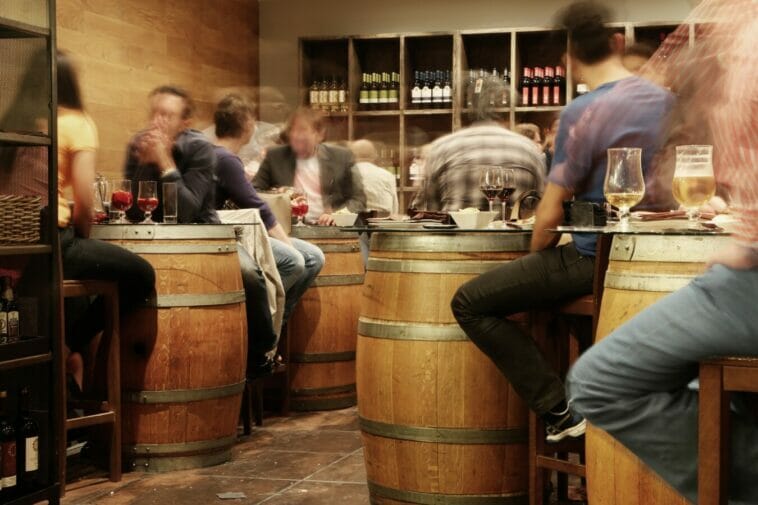
Jaipal Yadav, managing director of restaurant software business, Favouritetable.
Before the pandemic, globalisation’s popularity was already waning as restaurant owners and customers alike began to better understand the impacts of international trade on the environment and the sometimes bland result of an overabundance of sameness no matter where you chose to eat.
Cue an outpouring of love for ‘localism’ – the very opposite of its globalised competitor and a significantly different way in which consumers have developed buying and restaurant-booking habits.
Indeed a 2021 Barclaycard report found almost two-thirds of UK consumers chose to buy closer to home than in the previous year, with more than nine in ten saying they would continue to do so post-pandemic. Similar research from the Farm Retail Association found that 89% of farm shops reported an increase in sales since 2019, and 64% expect sales to increase further through 2022.
In short consumers are cutting back on ‘hyper-consumption’ as part of a conscious effort to help communities and niche brands that are building success on their local credentials as multinationals adjust product ranges to appeal to more local tastes.
So, how can software technology help restaurateurs take advantage of this growing trend for all things local? For starters it’s important to recognise that, post-pandemic, tech-savvy consumers now expect to book online with ease and order food digitally from their table or even home.
Investing in modern reservation software isn’t just a nice-to-have, it’s a must for speedy, efficient and accurate busy restaurants. To meet localised demands and opportunities, consider the following:
- Party booking software allows restaurants to develop bespoke, themed customer experiences, ranging from a gathering of the village history society, through to special celebrations championing local food.
- Online marketing can be tailored to encourage customer preferences and demands for highly individual occasions, rather than simply mirroring the same tired and formulaic promotions used by big chains.
- Automated marketing allows restaurateurs to engage with guests and do much more than just confirm bookings. For example, create locally-focussed events such as barn dances, wine tasting or patriotic celebrations, then showcase them via SMS, email and social media.
- Improving online inventory management is crucial and ensures kitchen staff can instantly monitor stock and manage supply chains for locally-sourced meat, vegetables and other materials to keep menus fresh and fully up-to-date.
- Table-planning software avoids the sometimes flavourless feel put out by chain restaurants. Maximising floor plans and shaking-up table layouts while keeping an automated eye on maximising occupancy might mean dedicating half a restaurant’s floor-space to a ‘mums and tots’ group in the morning, then resetting for conventional dining in the afternoon and evening – a great way to charm local communities.
All of this attention to detail based on the needs of nearby towns and villages can pay huge dividends to revitalising your hospitality strategy, making localism a crucial point of difference as the restaurant sector continues to rebuild.
People tend to be travelling shorter distances for leisure activities and dining-out and this is key to anticipating long-term viability plans for restaurant operators who rely on repeat business, customer loyalty and recommendations.



